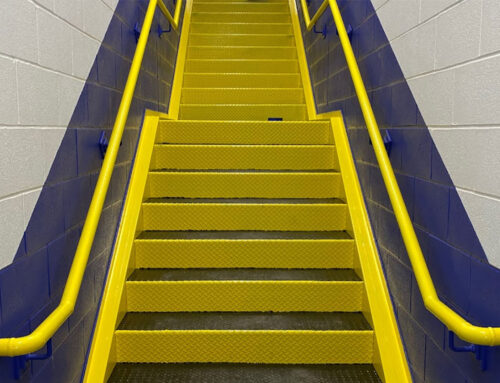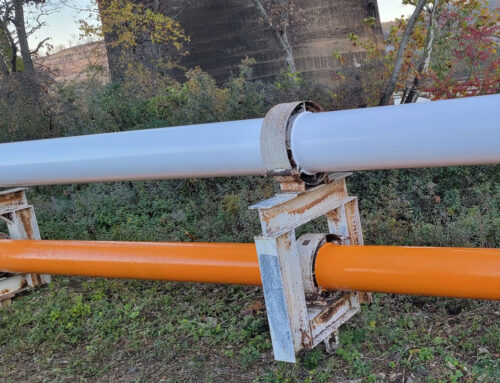What Surface Preperation Is and Why It’s Critical
Industrial surfaces degrade over time from oxidation, old coatings, organic matter, and contaminants like acids and oils. Preserving the surface through meticulous, long-term corrosion maintenance can improve an industrial business’ operational efficiency and save millions of dollars by preventing worksite shutdowns.
However, before a new coating is applied, a team of industrial painters has to prepare the surface. It’s a thorough process involving a combination of chemical and mechanical cleaning.
Without appropriate surface preparation, effective adhesive bonding cannot happen and the life of an industrial coating will be compromised. Here is a big-picture look at how surface preparation unfolds and the types of surface preparation methods industrial painters use. Read on to learn more.
How Industrial Painters Assess a Surface
Surface preparation starts with an assessment of the existing surface. An experienced team of industrial painters will closely examine the substrate material, which can be anything from concrete to aluminum to steel, and decide the surface’s damage profile using industry standards.
In the industrial painting sector, NACE International and the Society for Protective Coatings (SSPC) jointly created standards for the cleanliness of industrial surfaces as well as industry best practices for surface preparation. From their assessment, industrial painters will determine what type of surface preparation is required to strip the existing coatings and clear off surface contaminants.
What the Surface Cleaning Methods Are
At Eagle Eye Services, our industrial painters primarily use waterjet cleaning and wet abrasive blast to prepare a surface for coating.
Waterjet Cleaning
When a considerable amount of surface preparation is needed, we use waterjet cleaning prior to applying a new coating. Waterjet cleaning is great for removing water-soluble contaminants, oil, grease, and corrosion from industrial surfaces. It’s typically the to-go method when mechanical cleaning methods have failed or aren’t reasonable to pursue.
Waterjet cleaning leverages pressurized water, ranging from low-pressure water cleaning to ultrahigh-pressure waterjetting. Industry standards classify the four degrees of surface cleanliness as follows:
1.) Clean to Bare Substrate
2.) Very Thorough Cleaning
3.) Thorough Cleaning
4.) Light Cleaning
Wet Abrasive Blast
For environments with dust and salt exposure, the industrial painters at Eagle Eye Services will use wet abrasive blast cleaning, which combines pressurized water and abrasive. There are five degrees of surface cleanliness:
1.) White Metal Wet Abrasive Blast Cleaning
2.) Near-White Metal Wet Abrasive Blast Cleaning
3.) Commercial Wet Abrasive Blast Cleaning
4.) Brush-Off Wet Abrasive Blast Cleaning
5.) Industrial Wet Abrasive Blast Cleaning
What Happens After Surface Cleaning
Our industrial painters will profile the surface. It’s common for the surface profile to have changed after years of corrosion and after removing the affected layers during the cleaning process. The new profile helps to inform the type of coating we will apply, which will improve its ability to bond to the new cleanly cleaned surface. In the last step prior to coating, our team will dry the surface.
Contact Eagle Eye Services for an Industrial Painting Estimate
The experienced team of industrial painters at Eagle Eye Services has a deep, thorough comprehension of surface preparation best practices. We aim to preserve the life of every industrial coating job we perform. To learn more about our industrial painting services, reach out to us directly.
Ready to Get Started?
Have questions about your project or need a quote? We’ve got someone ready to help you.



